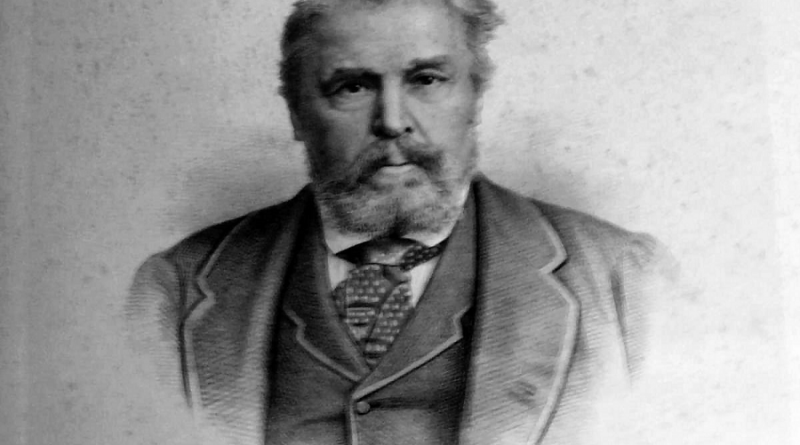George Moore Biography – life Story, Career, Awards, Age, Height
George Moore, in full George Augustus Moore, (conceived February 24, 1852, Ballyglass, County Mayo, Ireland—kicked the bucket January 21, 1933, London, England), Irish author and man of letters. Thought about a pioneer in fiction in his day, he never again appears as significant as he once did.
Moore originated from a recognized Catholic group of Irish landholders. At the point when he was 21, he left Ireland for Paris to turn into a painter. Moore’s Reminiscences of the Impressionist Painters (1906) distinctively depicted the Café Nouvelle-Athènes and the hover of Impressionist painters who frequented it. Moore was especially well disposed with Édouard Manet, who portrayed three pictures of him. Another record of the years in Paris, wherein he presented the more youthful age in England to his form of blade de siècle wantonness, was his first collection of memoirs, Confessions of a Young Man (1888).
Concluding that he had no ability for painting, he came back to London in 1882 to compose. His first books, A Modern Lover (1883) and A Mummer’s Wife (1885), presented another note of French Naturalism into the English scene, and he later received the reasonable strategies of Gustave Flaubert and Honoré de Balzac. Esther Waters (1894), his best novel, manages the situation of a worker young lady who has an infant without any father present; it is an account of hardship and mortification brightened by the writer’s empathy. It was a quick achievement, and he tailed it with works in a comparable vein: Evelyn Innes (1898) and Sister Teresa (1901).
In 1901 Moore moved to Dublin, halfway as a result of his despising for the South African War, somewhat on account of the Irish abstract renaissance led by his companion, the writer William Butler Yeats. In Dublin he contributed remarkably to the arranging of the Abbey Theater. He additionally delivered The Untilled Field (1903), a volume of fine short stories suggestive of Ivan Turgenev’s composing that centers around the drudgery of Irish provincial life, and a short wonderful novel, The Lake (1905). The genuine products of his life in Ireland, in any case, accompanied the set of three Hail and Farewell (Ave, 1911; Salve, 1912; Vale, 1914). Rambling, friendly, and mocking by turns, it peruses like a supported monolog that is both a painstakingly examined bit of self-disclosure and an intense (however not constantly dependable) representation display of his Irish colleague, which included Yeats, Æ, and Lady Gregory. Over all it is a consummately




